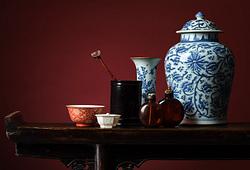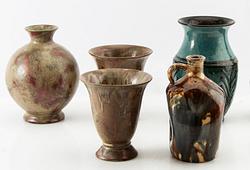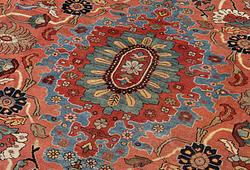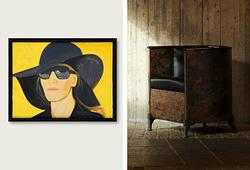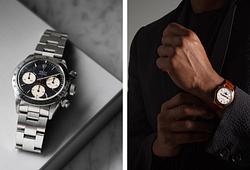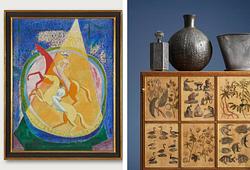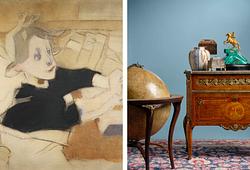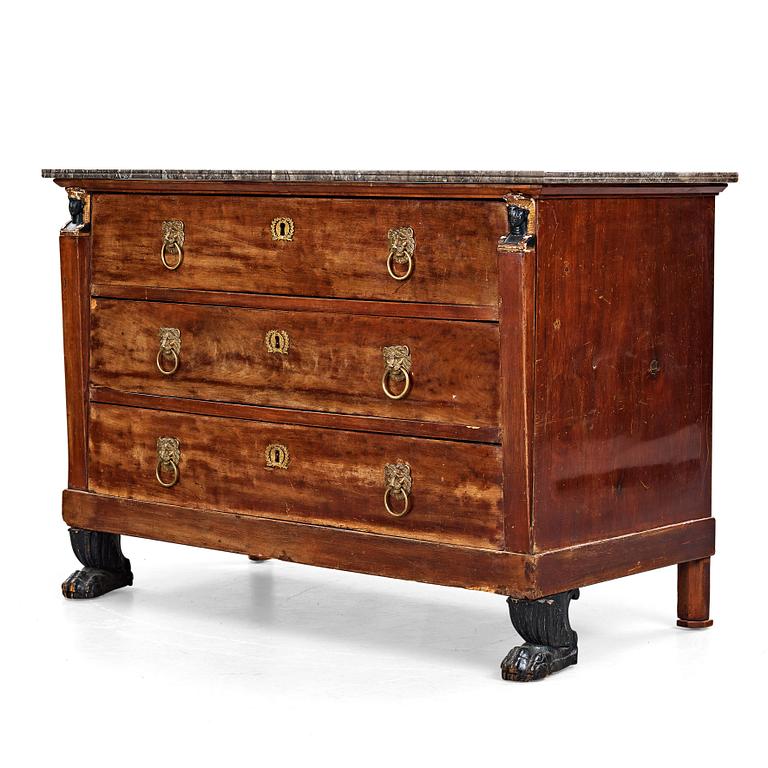Empire
An Empire commode, beginning of the 1800's.
Veneered with mahogany. Carved painted figures and paw feet. Brass mounts. Top of marble. Three drawers. Length 123.5, width 60, height 86 cm.
Worming, damages, parts of mounts missing, two locks later. Key missing. Keys missing.
More information
Auktionens byrå visar empirens intresse för det egyptiska och desa egyptiserande figurer med faraodukar på huvudet och tassfötter nedtill känns igen från Charles Perciers förlaga till en byrå (se bild). Den franska empirens formgivares, Charles Percier och Pierre-Francois-Léonard Fontaine, tryckta mönsterböcker fick stor spridning i Europa och kom att sprida empirestilen internationellt.
Designer
The Empire style lasted roughly between 1810 and 1840 and is primarily considered an interior design style. The style is characterised splendor and pomp and is sometime known as imperial. The French empire is often associated with Napoleon Bonaparte of France who was highly interested in ancient Rome and its attributes. Egyptian elements with sphinxes, palmettes, eagles, griffins, and masks were common as decorative elements. The most common wood was mahogny and burnished gilding was popular. Chiffonier were popular furniture items during the empire and seated durnitres were dressed in light, bright colours. The 1830-40s is known as the Late Empire and was more bourgeois. In Germany and Austria, the style was known as biedermeier and was identified by furniture with softer lined made out of birch. The Empire style came to Sweden with Jean Baptiste Bernadotte (King Karl XIV Johan) afterwhich was known as "Karl Johan". The Swedish style was lighter and less majestic.
Read more





